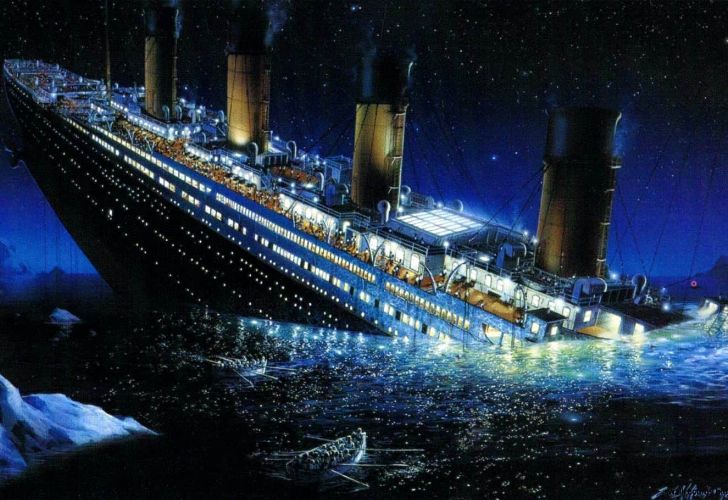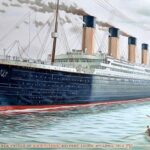For decades, the brightest minds in the world have created wonderful feats of engineering. Buildings, bridges, and forms of transportation, we live in an era of advancement. However, sometimes those projects have an error in their construction, or maybe even the design. Or maybe it was an outside force that ruined the project. Either way, it caused a massive accident. And they were incredibly expensive to fix. Here are a few of these examples.
The 1988 Yellowstone Fires
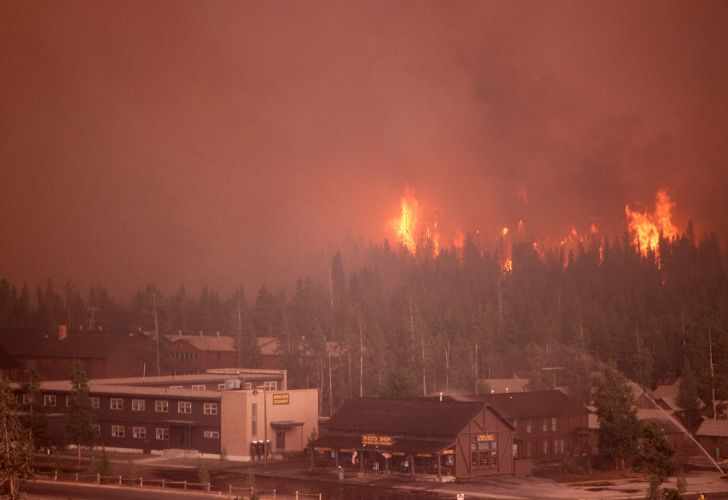
The conflagration that sprouted up in 1988 was the largest in the history of Yellowstone National Park. Initially, it was only a few small, individual fires. But they soon combined in a giant wildfire that burned for months. For the first time in its history, the park had to close. The fires lasted until it finally started to rain. By that time, 793,880 acres had been burned and two civilians had died. The whole thing cost over $267 million.
The Collapse of the Sampoong Department Store
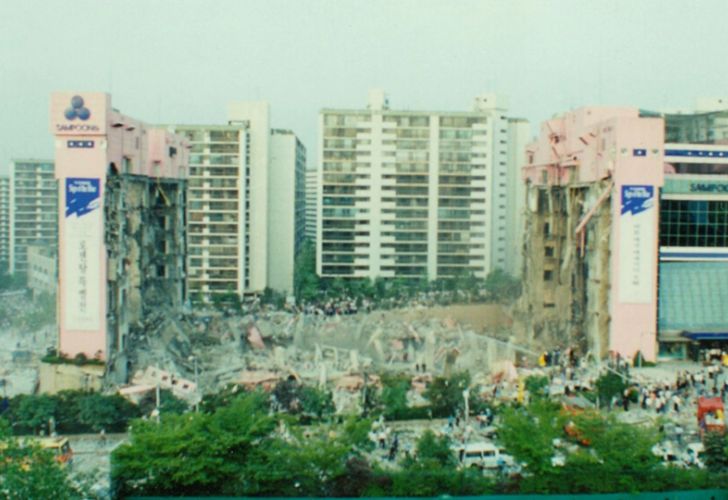
In 1987 the Sampoong Group built their self-titled department store over a landfill. Head of the construction division, Lee Joon, changed the design to cut out some support columns in favor of escalators. While Woosung Construction, the group originally in charge of building, rejected the changes Joon simply fired them and continued anyway. Joon’s ignorance, as well as them ignoring the cracks and warning signs before the event, cost a lot of people their lives. When the building collapsed in 1995 502 people were injured and 1,445 were injured. The event also happened to flush $364 million down the drain.
New Jersey School Funding Fiasco
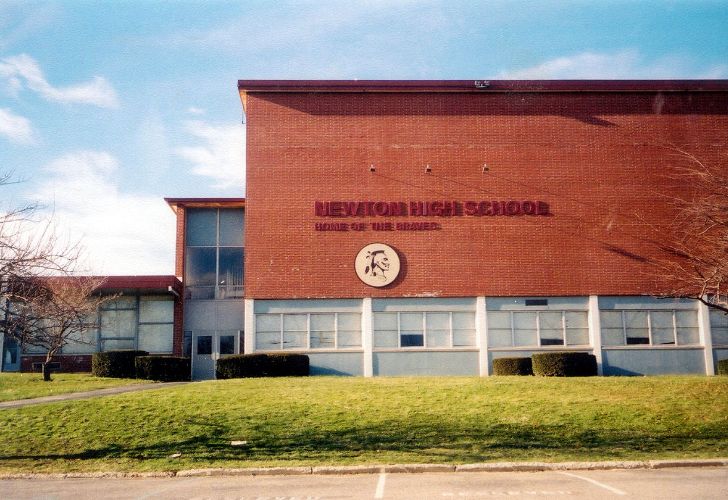
As a part of the federal “Race to the Top” program, many schools were supposed to receive additional funding to help improve their overall quality. However, New Jersey didn’t supply the correct data for the program. They had even forgotten the budget information that compared its 2008 and 2009 school years. The state ended up missing out on $400 million worth of funding.
The 2005 Denver Airport Computerized Baggage-Handling Fiasco
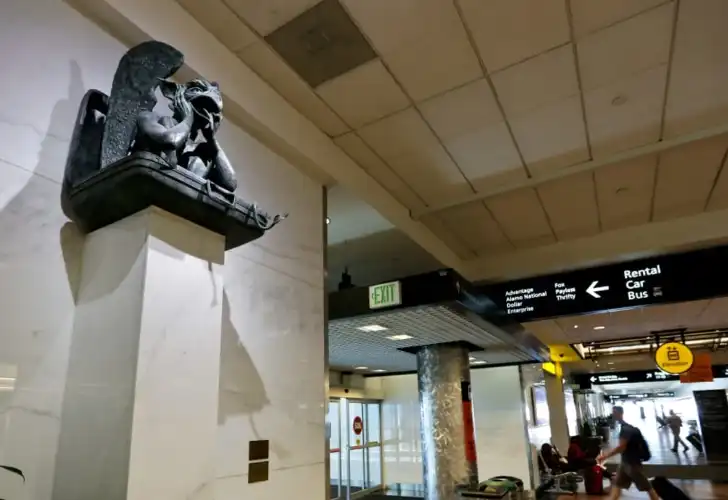
In 2005, the Denver Airport attempted a new computerized, automated system for handling baggage and baggage claim. Needless to say, it didn’t work. Software failures caused the system to “eat” peoples’ luggage. And because the designers didn’t anticipate how complicated this would actually be, there were no recovery or backup systems. So, it was unable to cope with and reboot after failures. This whole thing cost people $410 million.
The Pennsylvanian Johnstown Flood
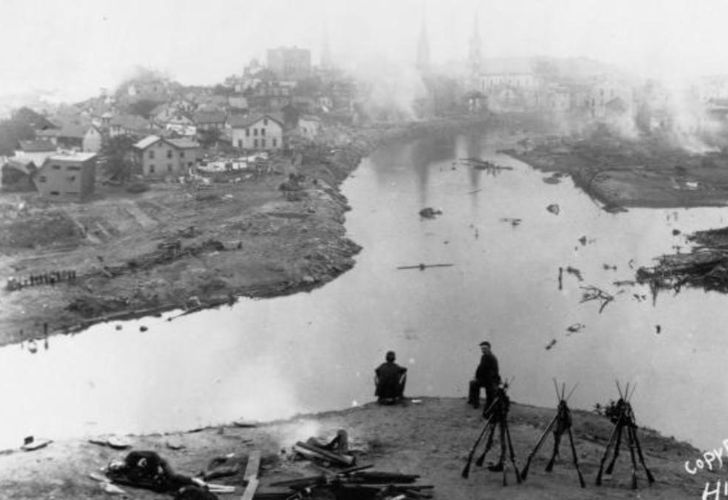
The Johnstown Flood was caused in 1889 by the failure of the South Fork Dam. Locally, they call it the Great Flood of 1889. After unusually heavy rain, the dam just couldn’t hold back the water anymore. Wealthy members of the South Fork Fishing & Hunting Club had actually made changed to the dam that impaired its ability to withstand storms. And because of cover-ups relating to the flood’s investigation this wasn’t discovered until 2016. The flood caused 2,209 deaths and $484 million in damages.
Sunshine Skyway Bridge Collapse
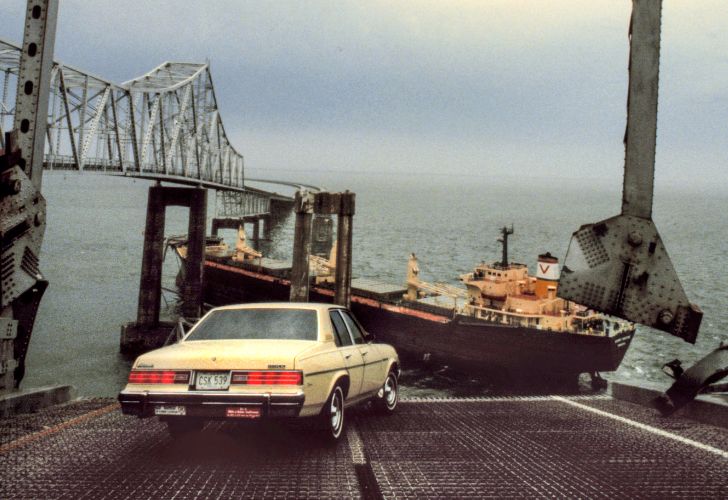
On May 9th, 1980, a particularly bad rainstorm had struck Tampa, Florida. It was that rainstorm that caused an Oshima Shipbuilding Company freighter to crash into the Sunshine Skyway Bridge. Since it hit a support column almost 1,200 feet of the roadway instantly fell. 35 people were killed and even more were injured in the collapse. The Captain of the ship, John Lerro, was cleared of any wrongdoing, but the bridge still cost more than $634 million to repair.
The Bhopal Disaster
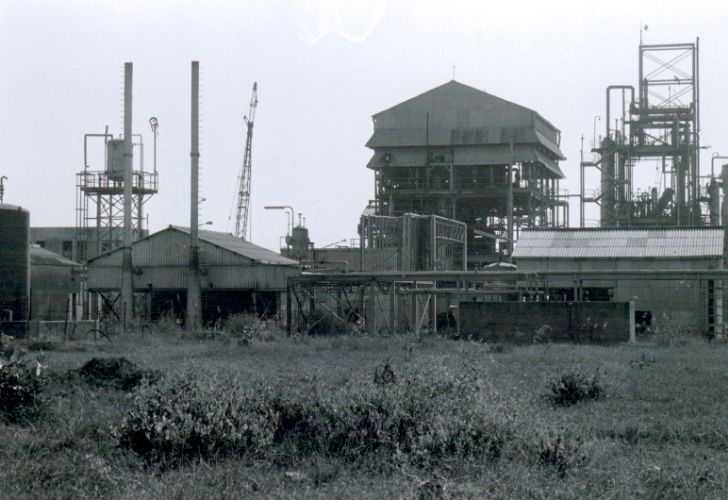
The Bhopal Disaster of 1984 is considered one of the worst industrial ones in history. 3,787 people are estimated to have died, although there could have been more. Due to the amount of damage and exposure, it could be around 16,000. In addition, 558,125 people were injured. It was a massive pesticide leak, with many tanks at the plant failing to keep them at bay. Not to mention, other critical safety equipment simply hadn’t been kept up. Outside of the terrible death toll, the Bhopal also cost $860 million to fix.
The Collapse of The Charles De Gaulle Airport
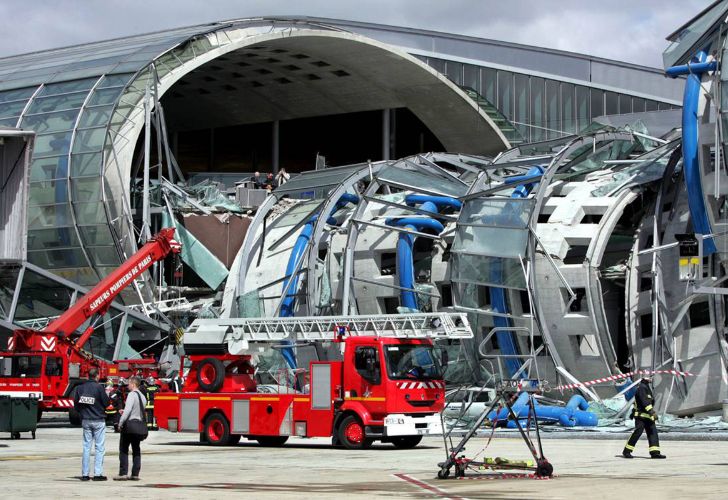
In 2004 a terminal at the Charles de Gaulle Airport just collapsed. It had numerous structural defects, including issues with the concrete ceiling. A study had said that a fluctuation in temperature caused the outer steel to expand and contract. The designer, Paul Andreu, blamed the companies that had built it for not ensuring the reinforced concrete was safe. The whole thing cost $900 million to fix.
B-2 Stealth Bomber Crash
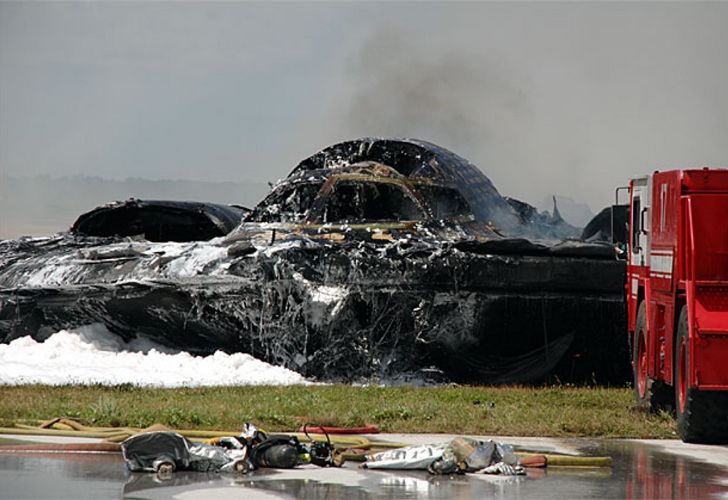
Airplanes are already really expensive. So it shouldn’t be too surprising that this B-2 Stealth Bomber crashing was worth a lot of money. In 2008, one of these aircraft crashed nose first into the runway while taking off at the Andersen Air Force Base in Guam. The two crew members managed to eject safely, but the jet racked up $1.4 billion in damages. It was the most expensive airplane crash in history.
The Navantia Submarine That Can’t Resurface
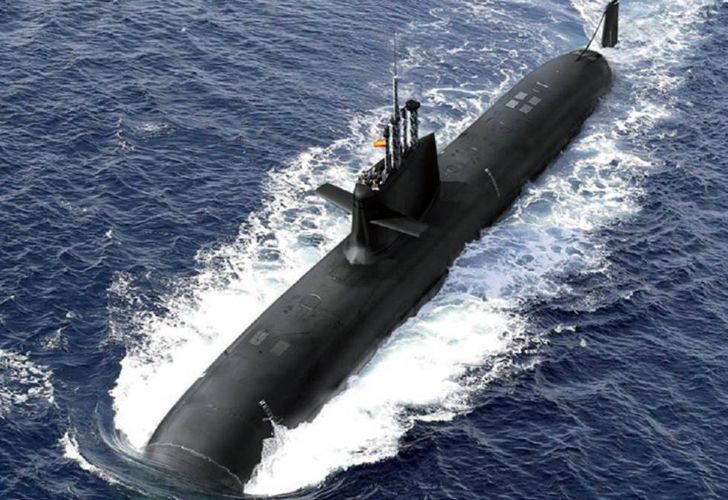
In 2013, the Spanish government commissioned the company Navantia to make a new, state-of-the-art Isaac Peral Submarine. However, the submarine in question wound up being designed too heavy. While it could sink just fine, it couldn’t exactly resurface afterwards. While that design didn’t make it to the manufacturing stage, the problems didn’t end there. The engineers did rectify the issue, but the whole thing was bigger. And people forget to check out the port, which no longer fit inside after the submarine was enlarged. The whole debacle cost the Spanish government $2.2 billion.
The Skylab Station
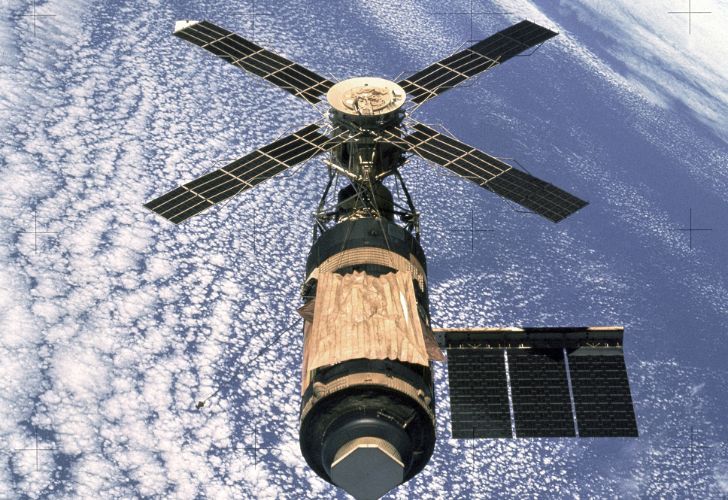
Skylab was a NASA satellite launched into orbit in 1973. It was touted as a high-tech outpost that would propel America in the future. And in 1979 it crashed into Australia. To be fair, it was designed to be decommissioned after nine years, but they could have at least recouped some of the money and tech used on it if it hadn’t just fast-balled itself into the Outback. Skylab had attempted to bring it down safely in 1978 after its orbit began decaying, but the station shattered and landed in Esperance. The entire thing cost $2.2 billion.
The Sinking of the Prestige
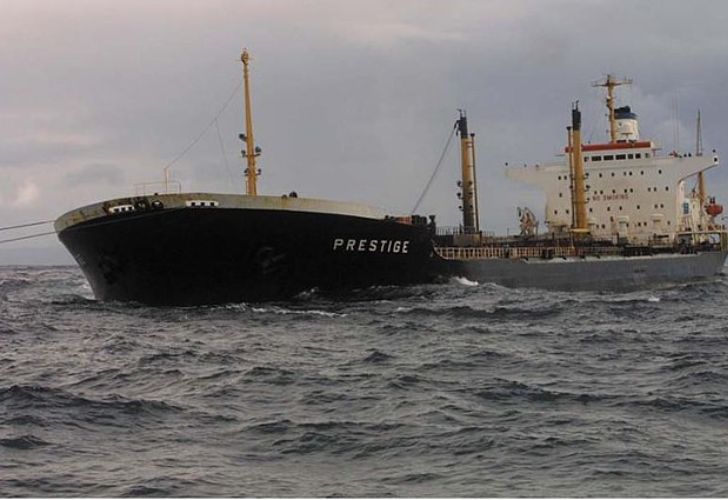
The Prestige was a ship that was carrying 77,000 tonnes of heavy fuel oil in 2002 off the coast of Spain. That’s when a storm caused one of the tanks to burst. And, without permission to come in, the vessel sunk. 17.8 million gallons of fuel also poured into the water, killing the wildlife and the local fishing industry along with it. The impact was likened to the Exxon-Valdez oil spill that occurred in 1989. The amount of oil was actually greater, as was the toxicity. To clean up the spill, it cost $2.8 billion.
The Challenger Disaster
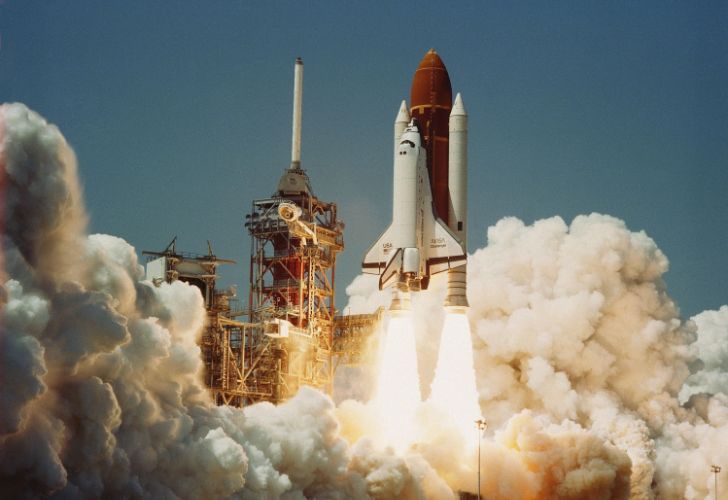
In 1986, the Challenger was a space shuttle getting ready to launch. The shuttle had already completed nine flights in the past, so the crew of seven (five astronauts and two payload specialists) didn’t expect anything wrong. However, disaster struck that day. The shuttle disintegrated in 76 seconds over the Atlantic Ocean when the seals failed due to the cold weather. Not only did the entire crew lose their lives, but the entire debacle caused a ban in takeoffs for the next three years and NASA lost $3.2 billion.
The Exxon Valdez Oil Spill
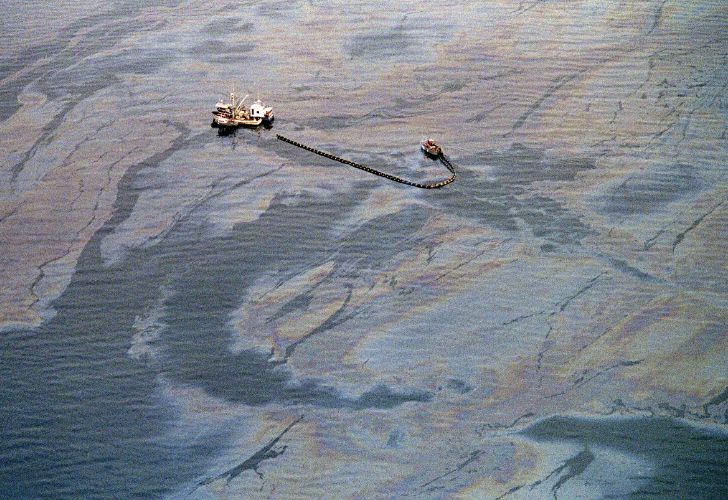
You may remember this spill being mentioned a bit earlier on the list. The Exxon Valdez oil tanker was on its way to Long, Beach California. unfortunately, it never made it, because it crashed into Prince William Sound, Alaska’s Bligh Reef. The spill dumped 10.8 million gallons of crude oil into the ocean. While Exxon Shipping attempted to pin the whole debacle on the third mate, an investigation found that the company had failed to maintain its crash-prevention radar and had overloaded the crew. Excessive fatigue caused the third mate to improperly steer the ship. It’s still considered the worst oil spill in history, at least in terms of environmental damage, and cost $3.8 billion to clean up.
Three Mile Island Accident
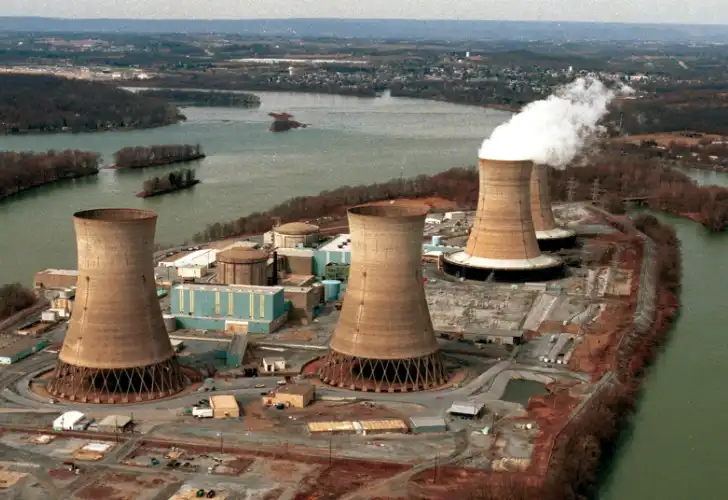
This was perhaps the biggest and most volatile accident that had ever occurred on American soil. But that’s to be expected when it comes to a failure to contain nuclear energy. It was a partial reactor meltdown on Three Mile Island Nuclear Generating Station in 1979. A series of failures caused coolant to leak from the reactor. It was so badly damaged it was forced to close. And clean up alone took 24 years. While casualties weren’t too high the reputation of Exelon Nuclear took a massive hit. And they lost $4 billion cleaning up the mess and closing down the reactor.
The Columbia Crash

Unfortunately, Challenger was not the only space shuttle crash in US history. In 2003, the crew of the Columbia died when their shuttle broke up upon reentering Earth’s atmosphere. It started with a piece of foam snapping off from the tank and hitting the left wing, causing serious damage and a cascade of malfunctions. NASA ended up grounding all launches for the next two years as a result. The event costed $6 billion in damages.
Howie Hubler’s Trading Loss

Howie Hubler used to be the golden child at Morgan Stanley. He oversaw a team made 20% of the company’s profits. If his name sounds familiar to you, then that’s because he’s the person responsible for the massive recession that hit the country in 2007. He was selling mortgage-backed CDOs and credit defaults swaps against them. The entire thing ended up costing Morgan Stanley $9 billion.
Samsung’s Galaxy Note 7 Disaster
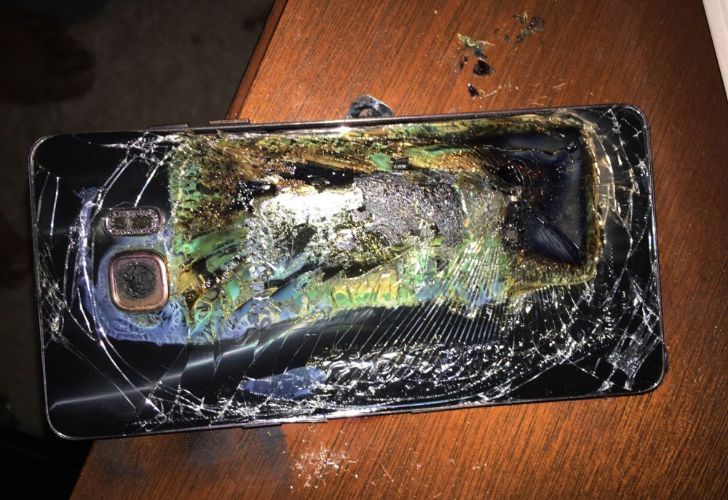
There probably hasn’t been a worse launch of a new phone than the Galaxy Note 7. In 2016 when the phone launched, battery issues with the phone caused it to overheat, combust, and even explode. Even after Samsung hired a new company to fix the battery, it still kept exploding, as did the replacement phones. In 2017 they had to issue a second recall order. This all cost Samsung $17 billion in revenue.
The “Big Dig”
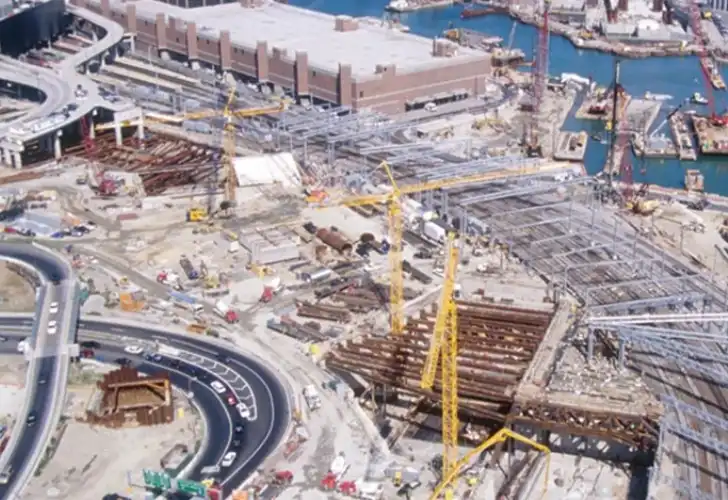
The Big Dig was an incredibly ambitious project, so something failing wasn’t too surprising. The project was intended to reroute the I-93 into a new tunnel, named the Thomas P. O’Neill Jr. Tunnel. The project also included a new tunnel construction and overall changes to the roadway. It was originally supposed to cost $7.4 billion and was the most expensive highway project in America. Initially, it was intended to be finished in the late 1990s. However, cost overruns, design flaws, leaks, poor execution, substandard materials, and general delays just ruined the project. It even had a few criminal arrests and a death. While it was somewhat completed in 2004, it was 190% over budget. The $22 billion spent won’t be paid off until 2038.
The Littoral Combat Ship
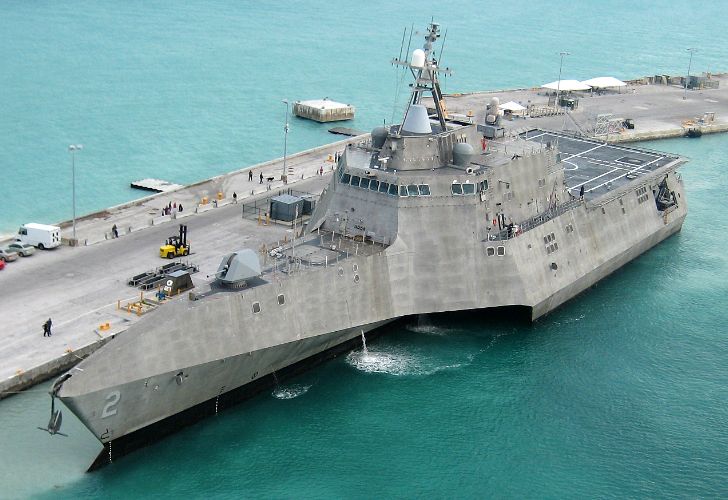
Let’s move into some very recent history. The Littoral Combat Ship, also known as an LCS, is a set of two classes of Navy surface vessels. They’re designed for near-shore missions, agile and stealthy. But, it’s only been trouble so far. The program was supposed to have 35 LCS made, but half of them are facing disposal. And the half that aren’t are riddled with structural defects. They can only travel less than half of their advertised speed. The cost for all these failed warships has been around $60 billion.
The Ship That Was Stuck In The Suez Canal
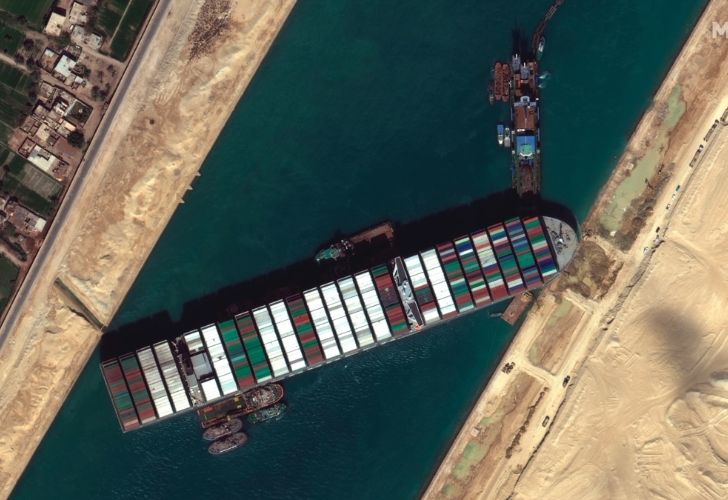
It’s a little crazy to think of how one ship caused so much trouble. The Suez Canal is an incredibly important waterway when it comes to trade and commerce. So when a container ship got stuck there in 2021, it made headlines. The canal, itself makes up for ten percent of global maritime traffic, so it being blocked was really bad. Strong winds had inadvertently pushed the ship into the banks and it blocked the entire width of the canal. The blockage froze $10 billion in trade every day it was stuck. And the Ever Given, the ship that was stuck, forced the liable company to cover for $3.1 billion in the damages. That company was Shoei Kisen Kaisha.
New Orleans Canal and Levee System
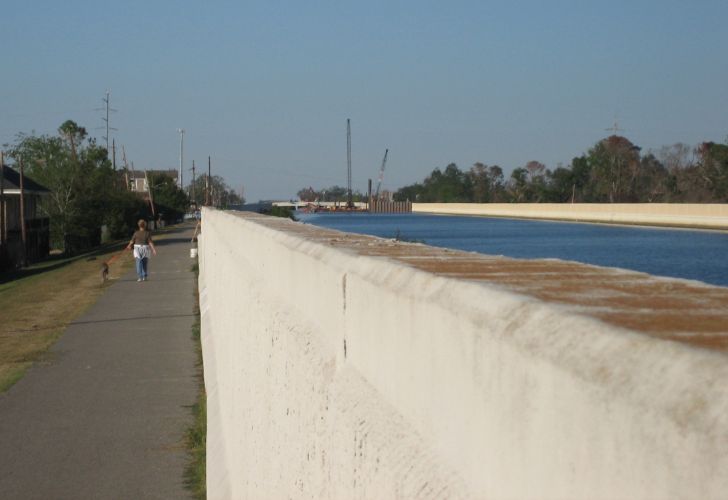
Hurricane Katrina decimated New Orleans. It’s known as one of the most fatal hurricanes in US history, leading to 1,833 fatalities. New Orleans still hasn’t full recovered. However, it may have possibly not been that bad. The levees in New Orleans simply weren’t able to contain the storm and its heavy rains. The Army Corps of Engineers attempted to blame Katrina’s size, but it was clear that the levees just weren’t designed well. The sheet piling didn’t run deep enough and this caused inferior reinforcement for the flood walls and levees. Repairs cost $169 billion.
The Fukushima Nuclear Disaster
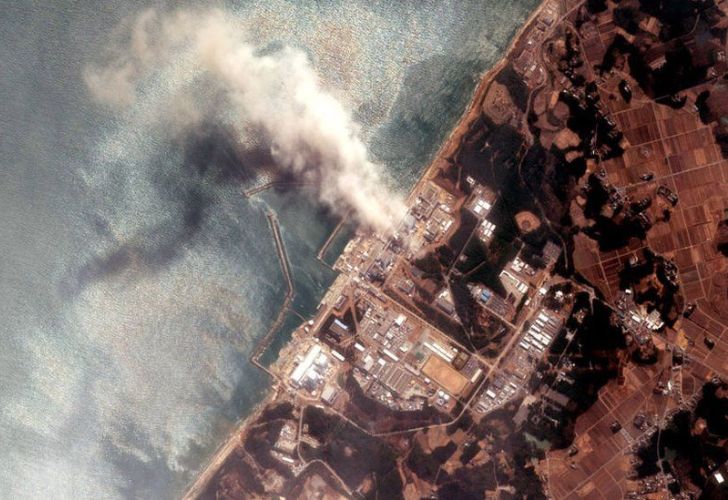
In 2011, the nuclear power plant in Okuma, Fukushima, japan suffered a major meltdown. The Tohoku earthquake caused a 46-foot tsunami which flooded the reactors at the plant, along with emergency generators and circulating pumps. This resulted in a loss of cooling in the reactor core. Three nuclear meltdowns and three hydrogen explosions rocked the location and radiative contamination occurred for three straight days. One person was reported to have died from cancer caused by radiation and 18 were injured, 16 by the hydrogen explosions and two from radiation burns. The plant has been shut down for good. The damage cost an estimated $187 billion.
The Apollo 13 Disaster
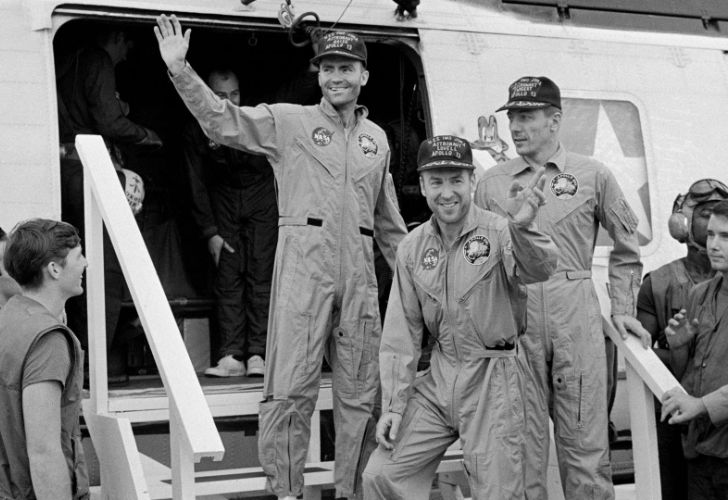
Even as far back as the 1970s, trouble with space travel has been commonplace. But, unlike with the Challenger and Columbia, the crew of Apollo 13 at least survived. While 210,000 feet above Earth’s surface, the second oxygen tank on the shuttle had exploded, with the first one losing pressure quickly. This set off a chain reaction that would mean they’d be out of oxygen in three hours. They managed to crash Apollo 13 in the Pacific Ocean 87 hours after the explosion. Although, this wasn’t cheap. Everything had cost $283 billion.
Sponsored Content

